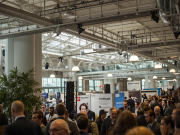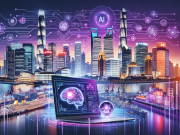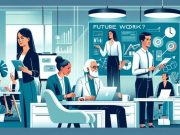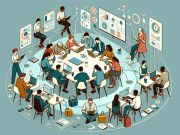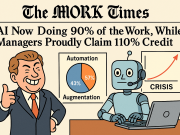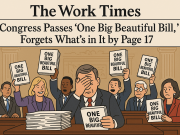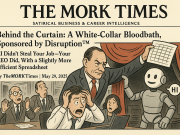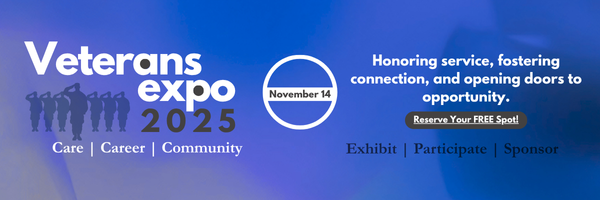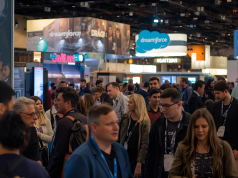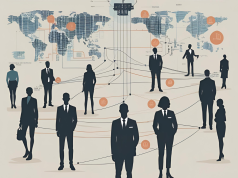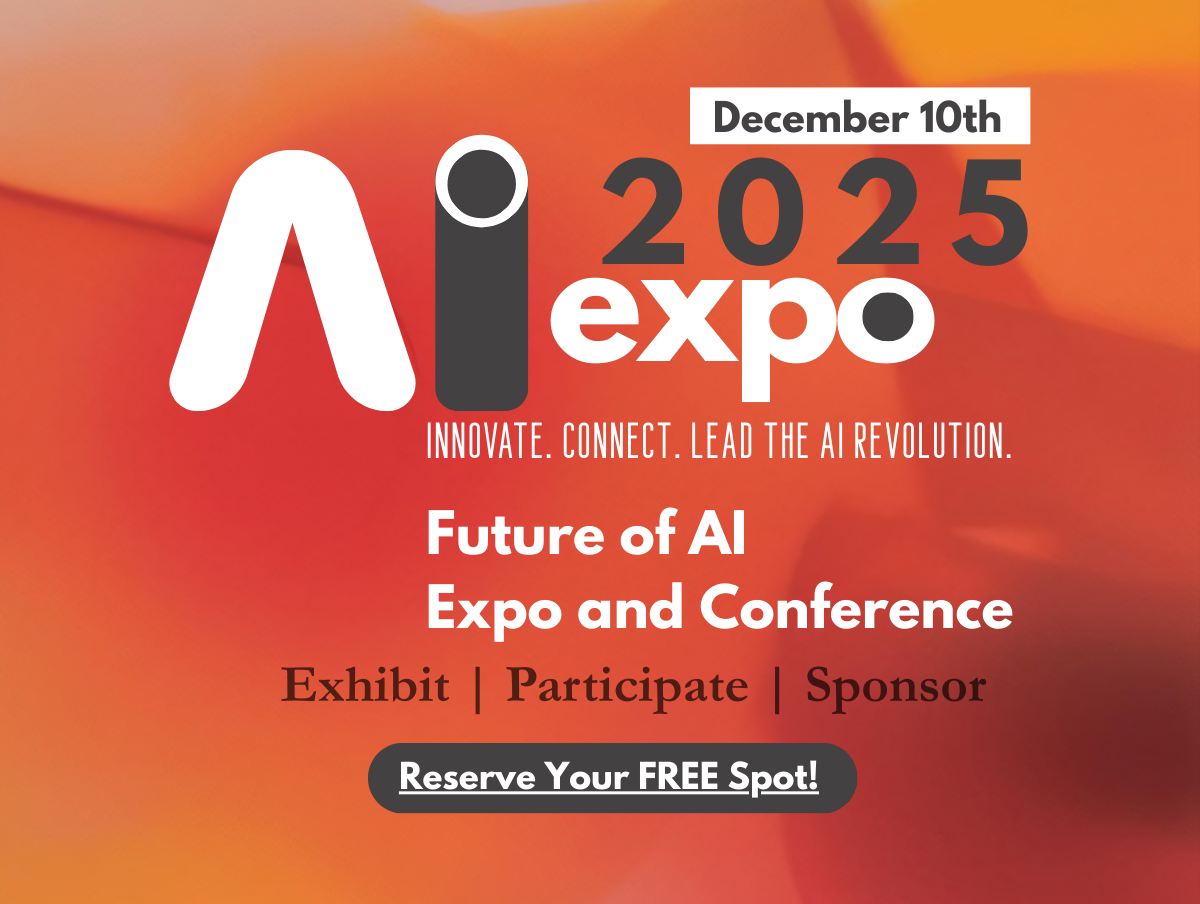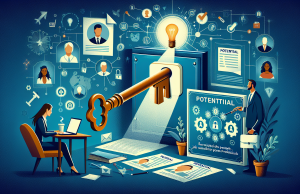In nature, there’s a concept known as “edge habitats”—places where two ecosystems meet, like the forest brushing up against the grassland. It’s at these edges where life thrives most creatively. Unique species evolve. Unlikely alliances form. Complexity finds its dance partner.
Ironically, in our pursuit of Artificial General Intelligence (AGI), we are standing at such an edge. Only this time, the edge isn’t a meeting of species, but of speed and depth. Machines are accelerating. Humans are decelerating to think. And somewhere in the middle, the future of work is quietly redefining itself.
LLMs: Masters of Fast, Strangers to Depth
Large Language Models (LLMs) are nothing short of miraculous. They can summarize legal documents, draft software code, and mimic Socratic debate—all before your coffee gets cold. But behind this linguistic wizardry is a structural limitation: LLMs are linear thinkers living in a non-linear world.
Their reasoning, fundamentally driven by token prediction, marches in single file. Every insight is a calculation of what’s likely, not what’s true. They can imitate thought, but they do not understand it. They do not reflect, question, or invest in the slow unraveling of meaning.
And this is where the future of jobs begins to diverge from the machines that were supposed to take them.
Where AGI Stalls, Humanity Starts
Today, we’re discovering that jobs most vulnerable to automation are not necessarily those requiring intelligence—but those requiring pattern recognition at scale. Ironically, the safest jobs are not the most technical, but the most human.
Jobs that require:
- Empathy and care (therapists, nurses, teachers)
- Contextual judgment (social workers, community organizers)
- Creative ambiguity (designers, entrepreneurs, systems thinkers)
- Moral discernment (leaders, ethicists, diplomats)
Why? Because these roles operate in what LLMs fundamentally lack: relational depth. They require trust, nuance, memory, and intention—not just information.
And here’s the critical truth: as LLMs hit the ceiling of System 1 thinking (fast, reactive, predictive), the economy will begin to reward System 2 capabilities (slow, thoughtful, integrative). It’s no longer about how quickly you can respond, but how meaningfully you can relate.
The Future of Jobs: Less Execution, More Connection
The workplace is evolving into an ecosystem where the most valued skill is no longer productivity—it’s perspective. Not just doing more, but seeing differently. The rise of LLMs accelerates this shift.
We’re moving from:
- Task executors → Sensemakers
- Process managers → Relationship architects
- Data wranglers → Ecosystem designers
In this future, jobs won’t vanish—they will mutate. Roles that survive will be those that partner with LLMs for speed but anchor in human slow thinking for significance.
Think: a product manager who uses AI for market analysis but leans into customer empathy to build what people truly need. Or an educator who uses LLMs to personalize learning paths but remains the student’s mentor, coach, and confidant.
Learning for the Jobs of Tomorrow
If the machines are learning tokens, we must learn to read between the lines.
The next generation of workforce development must prioritize:
- Metacognition: Teaching people how to think, not just what to do.
- Emotional resilience: Cultivating the ability to handle ambiguity and change.
- Collaborative intelligence: Training individuals to become nodes in networks, not isolated experts.
- Narrative-building: Equipping leaders to make sense of complexity and tell stories that align teams.
And most importantly, we need to invest in learning environments that model the real world—with all its unpredictability, contradiction, and collaboration.
At TAO.ai, we’ve seen firsthand how micro-communities, collective learning, and ecosystem-centric design can transform workers into co-creators of resilient futures. The HumanPotentialIndex is not just a diagnostic; it’s a compass pointing toward the skills that truly matter—slow, relational, resilient thinking.
From Worker1 to Collective Intelligence
As LLMs flatten the terrain of task work, a new summit emerges: the Worker1.
The Worker1 is not faster than AI, but wiser in the places AI cannot go. They are compassionate, context-rich, and community-powered. They uplift not just performance, but presence. They are not just efficient—they are effective in the human sense.
The future of jobs doesn’t belong to the fastest learner. It belongs to the deepest connector.
Because when AGI hits its wall, the answer won’t come from more layers of tokens. It will come from people talking to people—across the edges of disciplines, cultures, and perspectives.
And in that wild, unpredictable edge habitat, the next version of work will be born.

